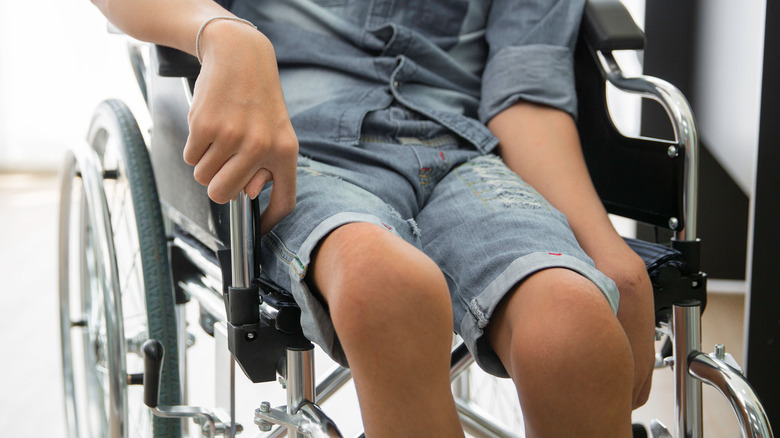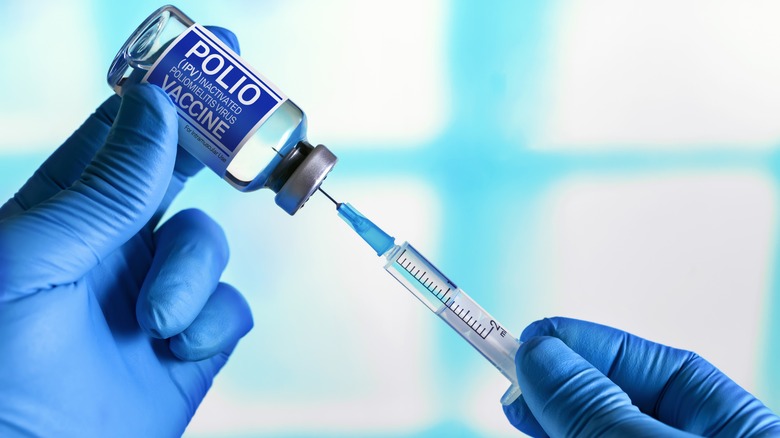Does The Polio Vaccine Need A Booster?
The Centers for Disease Control and Prevention (CDC) identifies polio as a disease that can cause paralysis, physical deformities, and eventually lead to death. It is caused by the very contagious poliovirus, which spreads through direct contact between an infected and non-infected individual via the feces and residue from a sneeze or cough. However, it is most likely to be ingested through contaminated food and water.
While the polio disease can have some pretty severe consequences, about 25% of people who contract it will only experience mild symptoms that resolve on their own. These symptoms include a headache, sore throat, fever, and stomach distress. About one to five in 100 people will experience an infection of the spinal cord and brain, known as meningitis, while anywhere from 1 to 200 to 1 to 2,000 people will end up with paralysis of certain parts of the body. Unfortunately, this paralysis is what can lead to death.
In the United States, polio has fortunately been eradicated since the 1970s after the development of a vaccine, as explained by the CDC. Since then, there has only been one recent case of polio in Rockland County, New York, in July 2022. While there is no cure for the disease, the vaccine has proven to be a safe way to prevent its spread. If you've already been vaccinated, you may be wondering if it's necessary to go for a booster shot. Here's what we know.
As a general rule, a polio booster shot is unnecessary
As long as you've received the polio vaccine regimen at some point in your life, a booster shot is not needed nor recommended, points out Verywell Health. Chief Medical Officer of the Family Health Centers, Issac Dapkins, did give the outlet one example of an exception to this rule. "If someone is traveling to an endemic area where there is active polio virus, the CDC does recommend a one-time booster," he said.
If you are someone who is at a higher risk of contracting the disease, you can also seek out the polio booster shot, which provides lifetime protection, as per the CDC. High-risk individuals include those who are in contact with an infected individual, healthcare workers that handle active poliovirus samples, and unvaccinated or partially vaccinated folks.
If you are an unvaccinated adult, the CDC recommends a three-dose regimen to provide full coverage. The first two doses are administered within one to two months of one another while the last dose is given anywhere from six months to a year after the second. Children, on the other hand, receive four doses of the vaccine, administered starting at two months of age up until six years. That being said, there are certain individuals that should avoid getting the vaccine, including those with life-threatening allergies. Anyone with a weakened immune system can postpone getting the vaccine until the issue is resolved.


